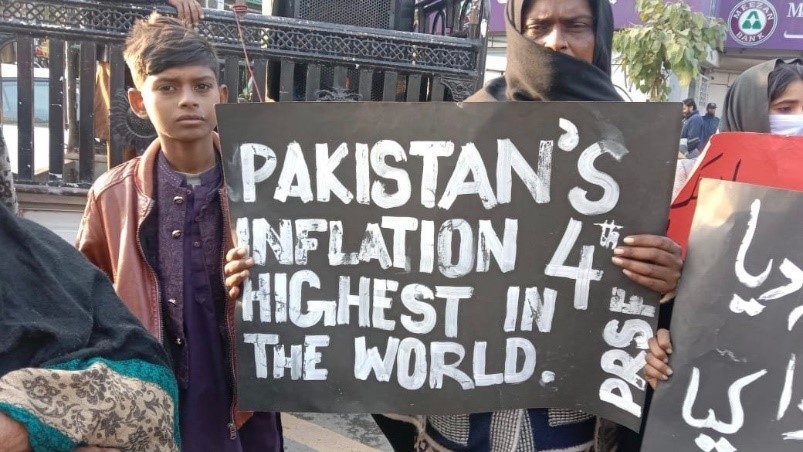The Fall of Our Economy: Understanding the Causes and Consequences
By Aiza Imran
Introduction
The economy of Pakistan has encountered notable challenges in recent years, making it imperative to comprehend the factors contributing to its decline. This article provides a concise introduction to the present economic state of Pakistan, emphasizing the significance of examining the underlying factors and outcomes of its decline. Through a comprehensive analysis of these variables, our objective is to elucidate the trajectory leading to a heightened state of economic resilience and prosperity for the nation.
Historical Context
When examining the Pakistani economy, it is imperative to consider the historical fluctuations in economic performance. Pakistan has experienced multiple instances of economic downturns, which have subsequently been followed by periods of recovery, throughout the course of its history. Upon conducting a comparative analysis between the present and previous economic crises, it becomes apparent that certain challenges exhibit a recurring nature, notably fiscal deficits and the burdens associated with external debt. Nevertheless, historical even approaches and significant insights, underscoring the imperative of exercising judicious fiscal measures, implementing varied economic approaches, and fostering international collaboration to secure a more robust and enduring economic trajectory for Pakistan.
Causes Of the Economic Fall
The recent recession was caused by international and domestic factors. The COVID-19 pandemic caused global economic disruptions in many industries. Geopolitical tensions and trade conflicts have disrupted international trade, which Pakistan relies on, contributing to the economic decline. Domestically, government policies and fiscal decisions were crucial. Inconsistent policies and the high inflation eroded consumer confidence
Consequences Of the Economic Fall
Therefore, Pakistan’s economic downturn has had major effects. High unemployment has hurt the job market, especially for young people. Financial instability caused many small and medium-sized businesses to fail. The recession disproportionately affected marginalized communities, increasing economic inequality. Pakistan’s economic instability hindered global economic stability by preventing it from participating. Examine these factors and outcomes to aid the nation’s economic recovery and long-term adaptability. Different stakeholders addressed the economic crisis.
Main responses are fiscal, monetary, and structural reforms. Government spending and taxation boost growth. Pakistan has taken many steps to mitigate its economic crisis. The government has implemented fiscal and monetary policies to boost consumer spending and financial market stability. Fiscal policies boost business and consumer economic well-being by increasing government spending and stimulus packages. Pakistani companies have adapted and innovated by using new digital platforms to operate. Local resilience is shown by budgeting and saving to survive the recession.
Outlook:
Future challenges and opportunities are presented as a mixed bag. Economic recovery depends on policy implementation, global stability, and vaccinations. Long-term changes may include digitalization, self-reliance, and sustainable industries. Policymakers and individuals can learn from this that robust safety nets, resilient economic structures, and financial prudence are needed to succeed in an ever-changing economy.
Conclusion
Pakistan’s economic challenges are recurring, highlighting the need for proactive measures. Learning from these downturns, we must prioritize fiscal discipline, international cooperation, and resilient economies. Individuals and policymakers must work together to make Pakistan more economically resilient and prosperous.

